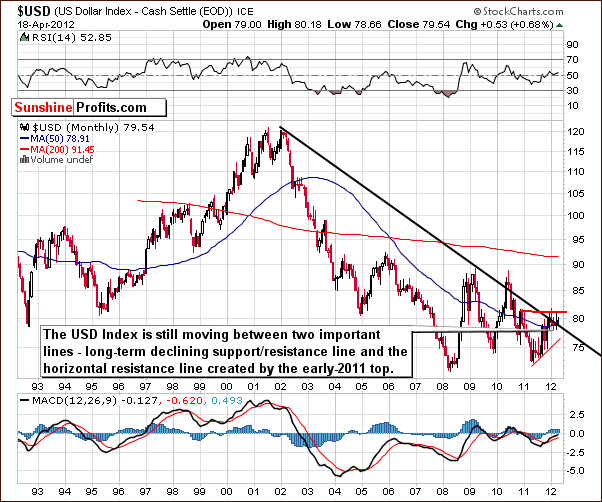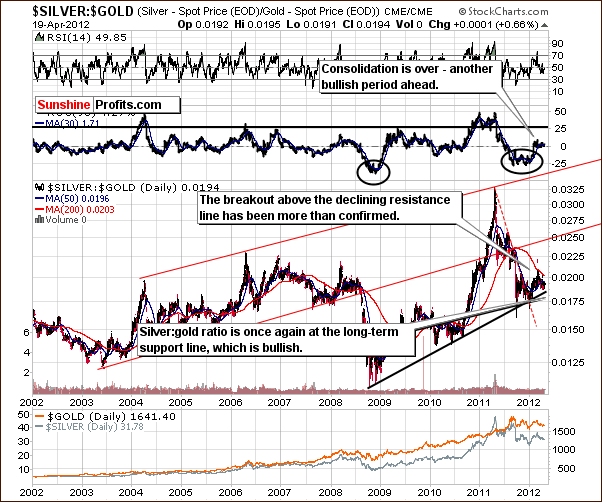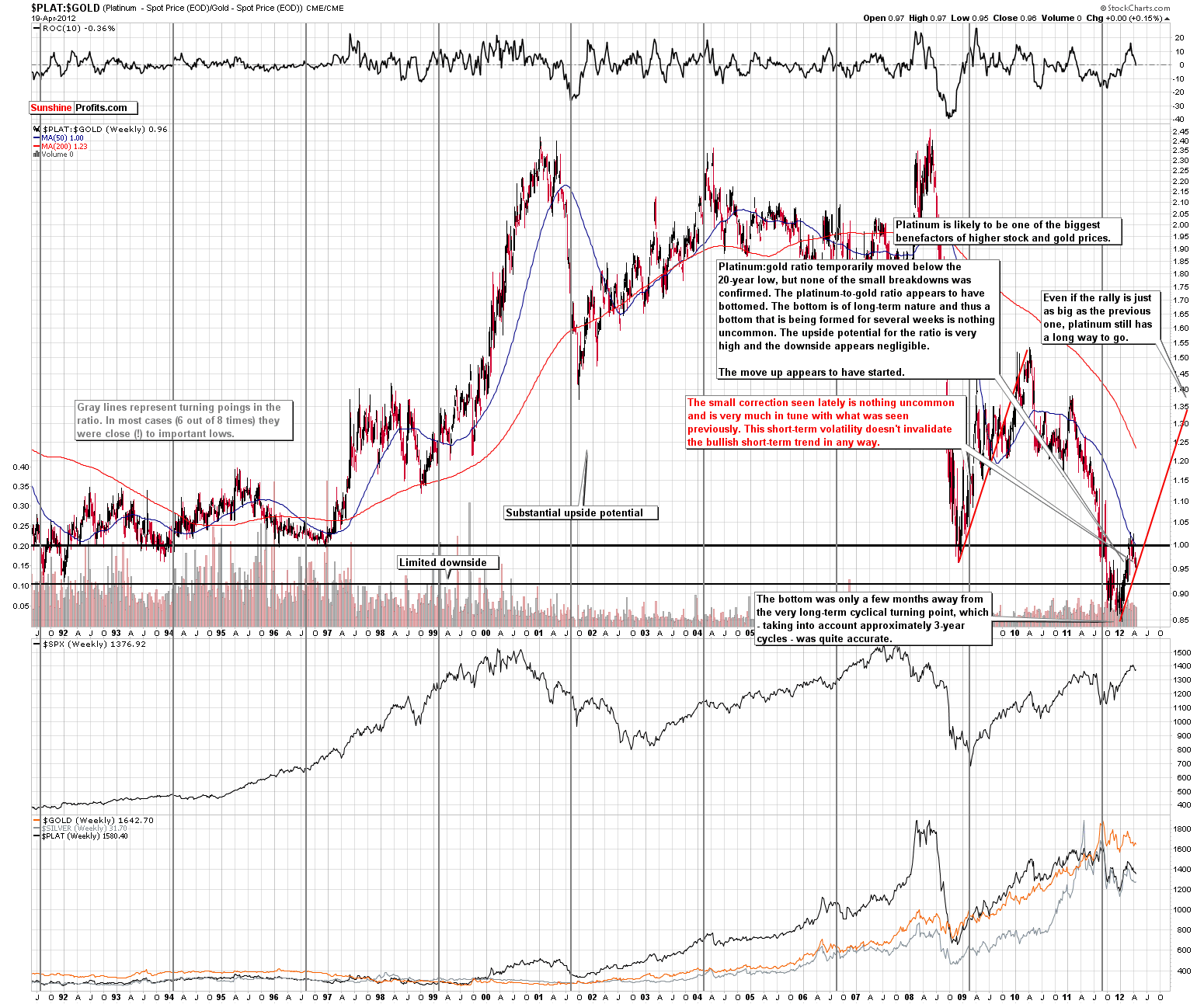Visit our archives for more gold & silver articles.
The New York Times reported on a growing phenomenon in Europe:“suicide by economic crisis.”Apparently people are taking their own lives in despair over unemployment and economic failure. Paul Krugman in his column in the New York Times wonders if it isn’t the case that European leaders are committing economic suicide for the Continent as a whole.
Just a few months ago I was feeling some hope about Europe. You may recall that late last fall Europe appeared to be on the verge of financial meltdown; but the European Central Bank, Europe’s counterpart to the Fed, came to the Continent’s rescue. It offered Europe’s banks open-ended credit lines as long as they put up the bonds of European governments as collateral; this directly supported the banks and indirectly supported the governments, and put an end to the panic.
The question then was whether this brave and effective action would be the start of a broader rethink, whether European leaders would use the breathing space the bank had created to reconsider the policies that brought matters to a head in the first place.
But they didn’t. Instead, they doubled down on their failed policies and ideas. And it’s getting harder and harder to believe that anything will get them to change course.
Of course, now it is Spain that is feeling the pain. Krugman asserts that Spain is in a full depression with an overall unemployment rate of 23.6 percent. Unemployment among the young is a staggering 50 percent. Spain wasn’t fiscally profligate like Greece. On the eve of the crisis it had low debt and a budget surplus. The rain that hit Spain in the plain is an enormous housing bubble, made possible in large part by huge loans from German banks.
Krugman states that fiscal austerity will depress Spain’s economy ever more. He suggests that the solution is an exit from the euro and a restoration of national currencies.
So it’s hard to avoid a sense of despair. Rather than admit that they’ve been wrong, European leaders seem determined to drive their economy — and their society — off a cliff. And the whole world will pay the price.
The International Monetary Fund apparently doesn’t agree with Krugman. It is more optimistic about the global economy after seeing faster growth in the United States and a coordinated effort in Europe to address its debt crisis, the group said last Tuesday. In its latest economic report the IMF said that the American economy should expand 2.1 percent this year. (It was last year at this time that the ratings agency Standard & Poor changed its outlook on America’s credit score to “negative”, the first step in the U.S. losing its stellar triple A rating.) Europe is likely to shrink 0.3 percent and the world economy should grow 3.5 percent. All three of the I.M.F.'s estimates are slightly better than its January's forecasts. The group praised European leaders for bulking up its bailout fund and taking other steps to address the crisis. Both the IMF and Krugman agree on one thing-- that the eurozone crisis continues to loom as the biggest threat to the global economy.
Let’s turn to the technical part of today’s essay. Before we move on to the use of relative strength analysis, let us first see if anything has changed in the USD’s very long-term chart in comparison with last week (charts courtesy by http://stockcharts.com.)

We can see that very little has changed since last week. We have therefore decided to quote from last week’s essay:
We see that the sideways trading patterns continue between the two levels which are quite important from a technical perspective. These are the declining long-term support line and the horizontal support line based on the early 2011 high. At this point, the very-long term chart remains mixed as the USD Index moved a bit higher once again this week, but no breakout has been confirmed thus far.
Since the trend remains down for the USD Index, it seems that the precious metals could very well rally once this index begins to move lower.
Let us now proceed to the main part of our essay – the use of relative strength analysis that consists simply in plotting the ratio of two commodities on a single chart. We can then apply other “traditional” technical analysis tools to see which one is outperforming the other and how this situation is likely to change in the future. Let us have a look at the silver-to-gold ratio.

In this chart, we see a major support line in play and the suggestion is that a move to the upside here is very likely. The chart tells us that silver is likely to outperform gold in the months ahead, though not necessarily immediately. A more in-depth analysis of the white metal’s situation is provided in the full version of this article.
The last part of today’s essay is devoted to platinum-to-gold ratio, that shows us the strength of platinum relative to the yellow metal.

In the platinum to gold ratio chart (you can click the chart to enlarge it if you’re reading this essay at sunshineprofits.com), we see that platinum is once again cheaper than gold (the ratio is less than 1.0). We have been asked to comment on this. It is important to keep in mind that the ratio has rallied sharply since January 1 so a pullback is not all that surprising.
Let’s compare it to the last rally which was seen after a considerable decline. In the 2008-2009 trading period, the short-term volatility was in place and this did not invalidate the bullish trend at all. The ratio was actually a bit higher then as compared to its extremely low value at the start of 2012. The potential to catch up this time has been enormous so we continue to believe that platinum is a very good long-term play in and of itself as well as relative to gold.
Summing up, the long-term picture in the USD market continues to appear a bit more bearish than not and the implications for the precious metals are generally positive. The silver-to-gold ratio chart suggests that silver is likely to outperform gold in the months to come, yet it should be kept in mind that this may require some time to happen. Additional short-term volatility has been seen in the platinum market, but this is not unusual. Platinum seems poised to outperform gold in the medium and long term, but the short-term situation is somewhat unclear at this time. More details with regard to both the short-term and the long-term situation in the yellow metal’s market is available to our subscribers (plus we have just posted an extra update dedicated to gold stocks – if you’re wondering how much more they can fall, you will surely enjoy today’s very detailed discussion).
Thank you for reading. Have a great weekend and profitable week!
P. Radomski
--
Due to the most recent comments from the Fed and the ongoing weakness in the mining stock sector, we posted an extra Mid-week Update. It's literally loaded with in-depth comments on the critical situation in the HUI Index and it's relationship with gold. In fact, there is so much to comment on that we decided to provide the analysis in this way instead of sending out a text Market Alert. In particular we deal with the following issues:
- Shocking underperformance of mining stocks relative to gold
- Breakdown in HUI
- How low can gold stocks go before they bottom
- Review of previous declines in miners
- Discussion of declines' volatility
- Declines' unique circumstances
The above is supplemented by the analysis of the most recent price moves in the GLD ETF. The situation is complicated but we took our time to explain all of the above step by step, so after reading it, you should be better informed than 99% of other investors. Naturally, we summarized the update by describing our preferred way of taking advantage of the current situation.
We encourage you to Subscribe to the Premium Service today and read the full version of today's analysis right away.

